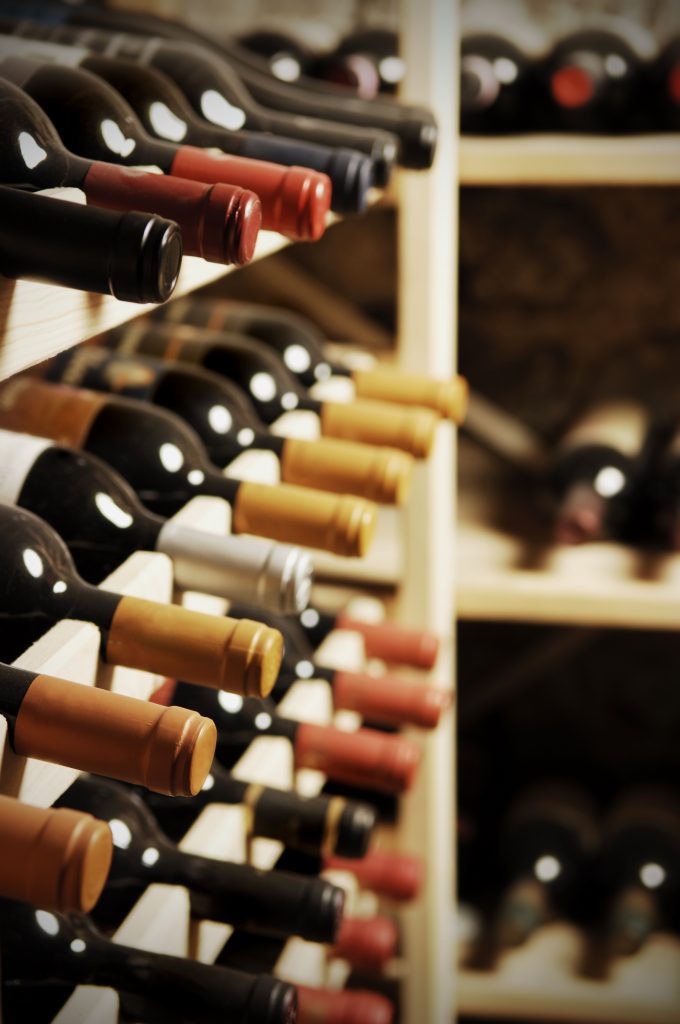Many wine enthusiasts are also attracted to the visual appeal of wine bottle designs and labels. The spirits and wine industry are now experiencing a kind of renaissance when it comes to wine bottle labels design. Unimax explains that many distillers and wineries have figured out that their potential clients react well to great design. In fact, the popularity of some of their products relies on whether or not the label is appealing.
The Early Beginnings
In 1798, when Czech inventor Alois Senefelder invented lithography, it allowed wineries to print wine labels in mass quantities. Wineries preferred labels to have a rectangular shape so they could put in more information about the wine.
From the 1800s and onwards, Italian and French wines started to improve their quality and started to use their wine labels in promoting the quality of their wine, adding coats-of-arms and medals.
In the 19th and 20th centuries, with new technologies in printing and label making, wineries started to use pictures of daily life and portraits of individual wine families.
Wine labels in the 21st century
Wineries these days not only use the latest printing technology, but they also use different methods such as die cutting, etching, and screen printing. Some wineries even use custom-made labels to suit events and individuals.
Designing a wine label can be tedious as you need to meet the strict regulations imposed by the Ministry of Prime Industries and the Alcohol and Tobacco Trade Tax Bureau. Its front label must showcase particular details, and they must use accurate ingredients and ascribe to the 85 percent rule.
For many designers and printing companies, they aim to show a product’s quality and uniqueness through their wine labels. Make sure to choose a printing company that can help you show off your brand’s unique quality.

